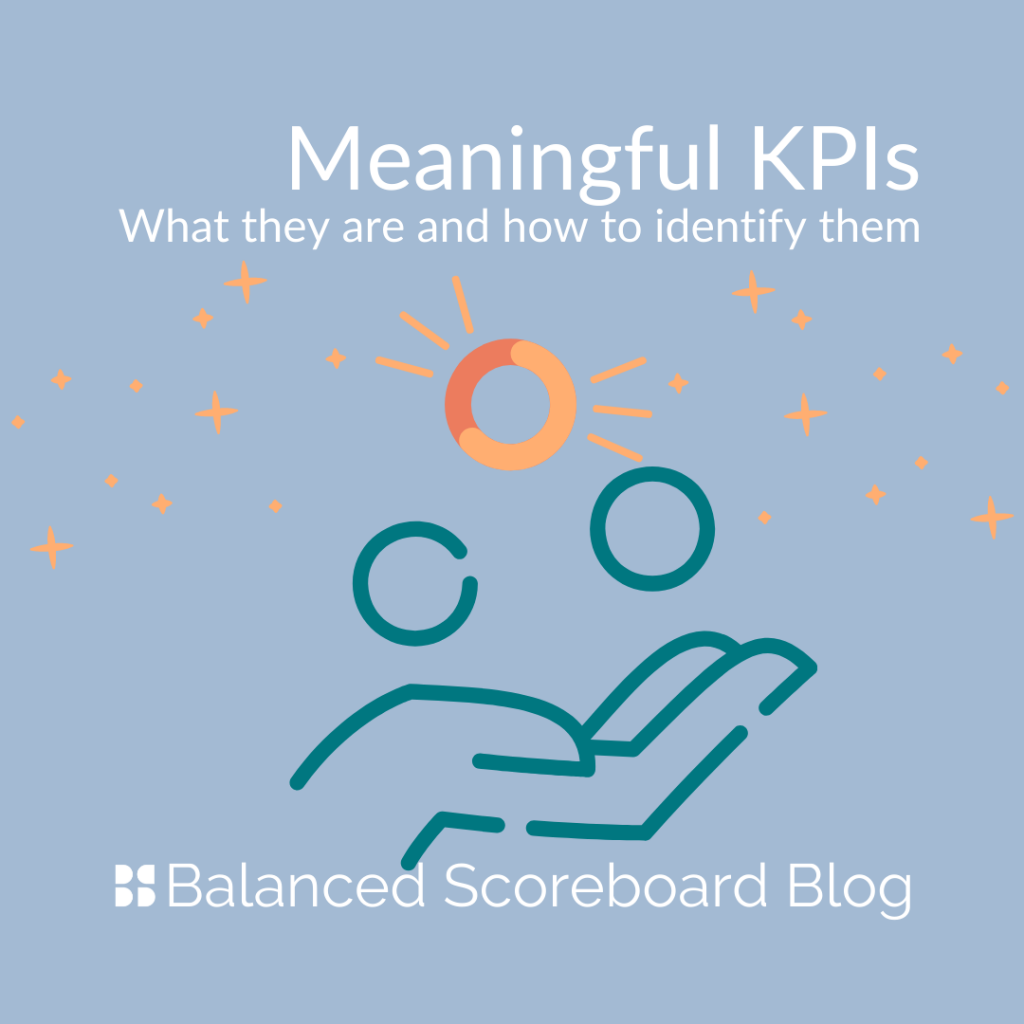Meaningful KPIs

What they are and how to identify them
You see them everywhere, key performance indicators (KPIs) are a cornerstone of modern management. On paper, the concept is deceptively simple: a list of things you expect your team to do, and against which you measure their performance at review time.
Despite the apparent simplicity, many organisations struggle to implement meaningful KPIs – that is to say, KPIs that keep their team engaged, motivated and accountable. Additionally, many organisations seek to recognise and reward their team, but they do not have measurable data to calculate those rewards. As a result, rewards can be viewed by team members as hopelessly subjective, or even based on favouritism. Regardless of whether this is true, these perspectives can interfere with team engagement and erode business performance.
To understand why, it’s worth remembering that KPIs are for workers as much as they are for management. Team members often express a desire for greater transparency on exactly what they need to achieve, and how their role fits in with the organisation’s objectives. Even a skilled, motivated worker can underperform if it isn’t clear exactly what they need to focus on … or even whether they’re headed in the right direction.
This call for clarity is precisely what you need to address when structuring your KPIs to maximise performance. Read on for a detailed guide for designing meaningful performance measures for your team.
What are KPIs for?
Before we go into the details, let’s look at what KPIs are actually meant to do. This means looking at both sides of the coin: how do KPIs help business owners, and how are they used by team members?
For the business, KPIs represent the performance measures to utilise in promoting accountability and to help the team to be their best while meeting overall strategic objectives. Simple, right? Not so fast. For KPIs to be truly effective, your employees need to be able to apply them.
For employees, KPIs provide focal points for their work and a tool for self-managing their output. According to performance-management specialist and author, Robert Bacal, there are two main ingredients for successful performance indicators:
- Clarity — Employees need to know what they are expected to do, as well as when and how well to do it. Without specific and trackable measures, your employees lack the tools to self-optimise their performance.
- Feedback — Employees need regular and specific information on their performance. Without this, employees cannot be expected to recognise areas of weakness or to make needed course adjustments in their work.
What do meaningful KPIs look like?
One of the biggest mistakes managers make when implementing KPIs is to roll them out once a year during performance reviews. KPIs, when meaningful, help team members and managers to recognise wins and identify areas that need more development. This means they should be ongoing, visible, trackable and intertwined with each team member’s goals and objectives.
As such, your KPIs should be:
- Measurable
- Specific to the role of the team member
- Aligned with business objectives
- Comprehensive.
Through being transparent, strategic and objective, a measurable KPI has so much more power and definition of form. This is why “I want to lose 5kg by June” is a much better New Year’s resolution than “I want to lose weight”. One has a metric and a deadline. Your KPIs should too.
On top of this, KPIs should be tailored so each staff member has specific goals and greater accountability. When designing KPIs for a role, you need to make sure they encompass everything you expect from that individual. This means going into detail about the “what” of their role. This can involve aspects of client service, financial expectations, processes to follow and self-development. You should also look at how you want people to work. Be clear about the values that underpin team interaction.
That sounds hard. Where do I start?
When designing KPIs, it is common to draw data from a range of sources. Useful resources include:
- Your organisation’s mission statement and values
- Financial reports and systems
- Compliance reports for your industry
- Client satisfaction surveys
- Qualitative client feedback
- 360-degree peer reviews
- Industry benchmarks.
Reviewing sources such as these can give you valid information about what’s being tracked, how businesses are compared within your industry, what policies you should adhere to and what outputs you want to minimise or maximise. From there, you can start implementing ways to measure and track the important variables.
Yes, producing high-quality performance measures can be difficult, but remember that you don’t have to do it alone. The team at Balanced Scoreboard have tried and tested methods to assist businesses with a structured framework for enhanced team engagement, performance and job satisfaction. And, ultimately, those are the key ingredients of success.
For further information, go to www.balancedscoreboard.com.au where you can view or book a demonstration of the Balanced Scoreboard — an effective team-performance HR tool with purpose, not just a gimmick that looks good on paper.
Balanced Scoreboard® is a registered trademark of Altitude Innovations © 2021. All rights reserved.